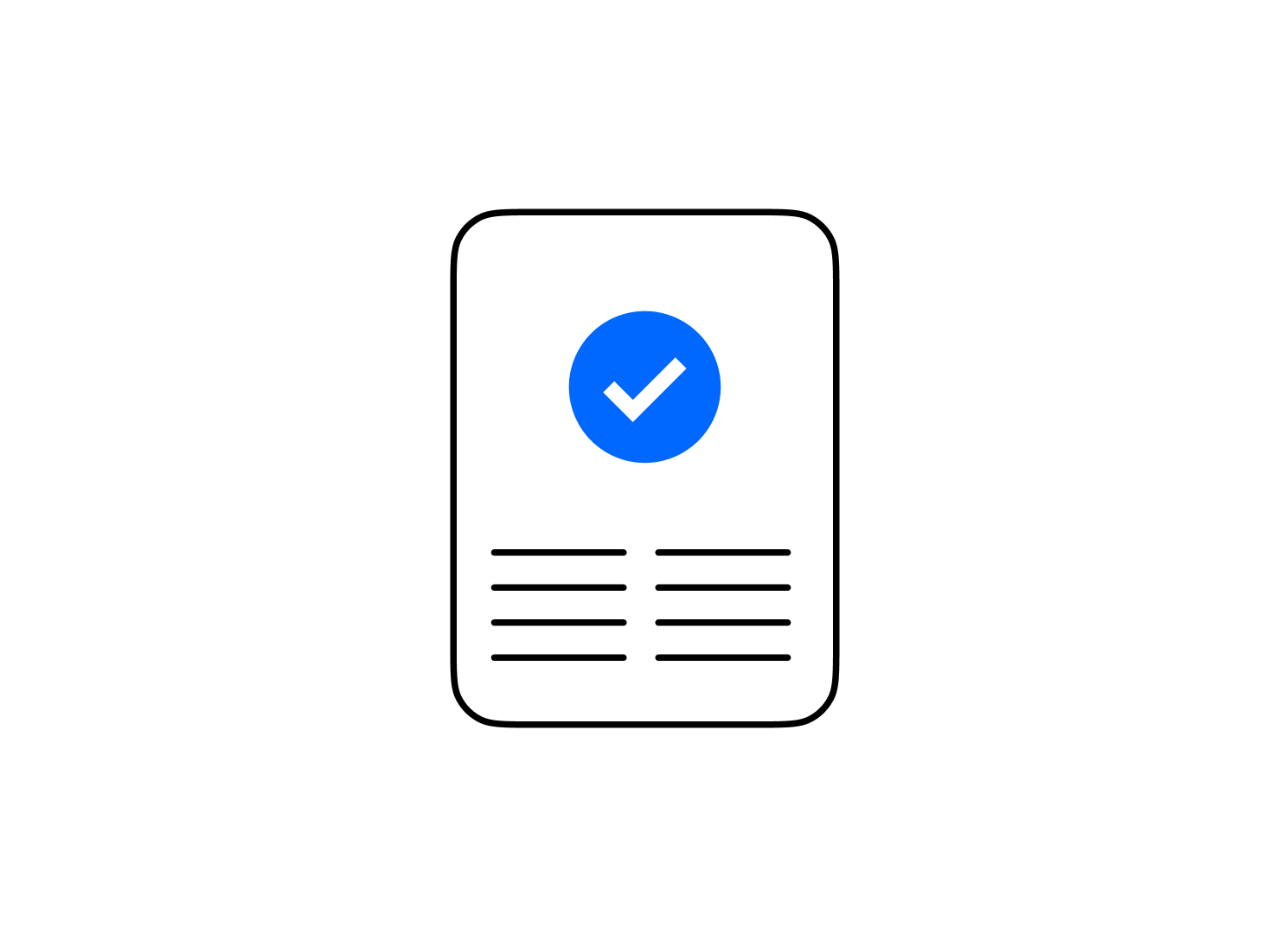What is ONUS used for?

Establishing a PoSA Network
The main utility of the ONUS token on ONUS Chain is to secure the network via a Proof-of-Stake-Authority system. Besides preventing centralization, the system is also environmentally friendly.

Crypto Payments
ONUS can be used to pay for goods and services, settle transaction fees on ONUS Chain, participate in exclusive token sales, vote on ONUS decisions, and more.

On-chain Governance
As a fully permissionless and leaderless decentralized ecosystem, any decision regarding the network is carried out by on-chain governance. ONUS is the governance token required to participate in the voting process.

Network Fees
ONUS is used for transaction fees and costs associated with the deployment of smart contracts or the creation of new networks. On ONUS Chain, fees are inexpensive, but sufficient to make it extremely expensive for malicious attacks to be carried out.
Roadmap 2022-2023
- Validator setup and security (7 nodes)
- Staking and Governance module
- Bridge v1
- Explorer
- Testnet
- Beta run
- Bridge v2 with multi-chain support
- Upgrade ONUS tools for builders
- Create token
- Create NFT
- Upgrade to 11 validators
- DAO Voting







